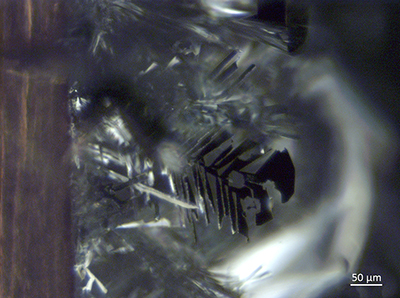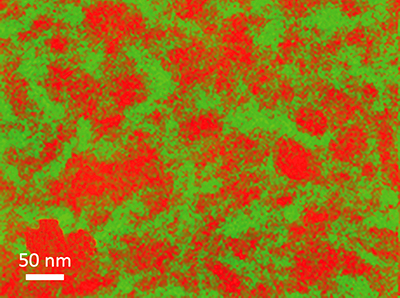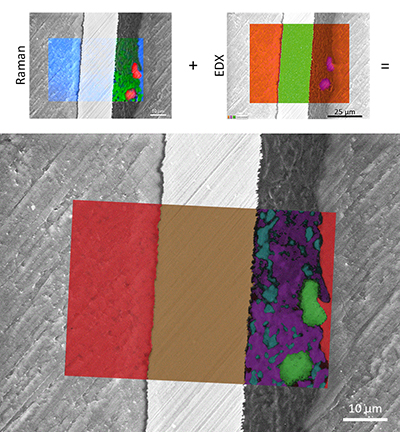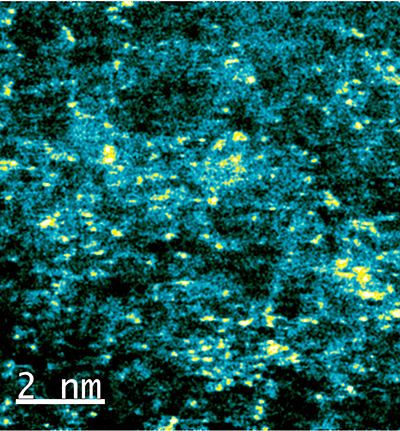Materials that are suitable for storage and conversion into electrical energy can be studied well with SEM and TEM; these materials are characterized by the fact that different electron potentials prevail in lattices or in layers, which can be incorporated into more complex systems and can then be changed in a targeted manner. The best-known representatives are battery systems.
Energy Materials
How can we help you?
• Error Analysis
• Quality Control
• In situ / In operando Measurements
• Phase Identification & Phase Distribution
• Deposition and Precipitate Analysis
• Layers and Interfaces
• Large Area Mapping
• Compositional Analysis (from Polymers to Metals)
Your Contact Details

DI Dr. Harald Fitzek
Key-Account-Manager –
Energiematerialien
Tel. +43 316 873-8333
Contact me

Hartmuth Schröttner
Gruppenleiter REM/IR/Raman
Tel. +43 316 873-8349
Contact me
In situ / In-operando Analysis
The key to energy storage and energy materials is always a dynamic process. Therefore, we specialized in methodologies to study energy materials in actions at all length scales. We offer in situ or in operando analysis in combination with most microscopic techniques.

Light Microscopy: Formation of Al-Dendrites during a Battery Test
Phasenseparationsanalyes
The morphology of the phase distribution in donor-acceptor systems is crucial for the efficiency of organic solar cells. It is usually happening at too small a scale for most microscopic techniques. Using both specialized instruments and methodology, we are able to image these sensitive materials even using STEM-EELS, providing material distributions on the nm scale.

EELS Elemental Distribution of the Phases of an Organic Solar Cell
Correlative Material Identificaton
Energy storage often involves the combination of a lot of different materials and material classes. It can be difficult or impossible to find an analytic technique that can image and identify all materials involved. To solve this problem we developed correlative microscopy methods that combined the advantages of multiple techniques into one coherent analysis.

Correlative SEM-EDX-Raman of a Li Battery Anode (Cu, Silane, Graphite, Amorphous Carbon, Embedding Resin)
Atomic Deposition
The central mechanism of energy storage can often be found on the smallest scale possible. The deposition or storage of atom clusters or sometimes even individual atoms in a matrix is a main feature of many innovative devices. Using advanced TEM and STEM methods even these small scales can be imaged.

STEM-HAADF of a Supercapacitor Electrode: Iodine-Atoms (Bright) in a C Matrix



